BALA Transaction Fee Calculator
Shambala (BALA) has a 12% transaction fee built into its smart contract. This means for every transfer, only 88% of your tokens reach the recipient.
Transaction Results
Remember: The 12% fee is built into Shambala's contract. This makes BALA nearly unusable for practical transactions. For example, sending 100 billion BALA would cost you 12 billion tokens in fees.
There’s no such thing as a "Shambala X CoinMarketCap airdrop." If you’ve seen ads, tweets, or Telegram posts claiming otherwise, you’re being misled. CoinMarketCap doesn’t run airdrops. It doesn’t partner with tokens to give away free crypto. It’s a price tracker - not a giveaway platform. The confusion comes from scammers mixing real data with fake promises.
Shambala (BALA) is a real token on the Binance Smart Chain. Its contract address is 0x34ba3af693d6c776d73c7fa67e2b2e79be8ef4ed. It has a total supply of 1 quadrillion tokens. But here’s the truth: it’s not worth much. As of November 2025, one BALA token trades for about $0.00000000008. That’s 8 hundred-billionths of a dollar. You’d need over 12 billion tokens to make $1. And the daily trading volume? Just $29.80. That’s less than what you’d spend on a coffee.
So where did the "airdrop" idea come from? It’s tied to MEXC Global’s Kickstarter campaign. Not CoinMarketCap. MEXC lets users stake their MX tokens to vote on whether Shambala should list on their exchange. If enough people vote, MEXC lists BALA and gives out free tokens - up to 800 trillion of them - to participants. But here’s the catch: you have to lock up MX tokens to vote. And if the vote fails, your MX gets returned. No free money. Just a chance to get tokens if the project gets listed.
And even if you win, there’s another problem. Every time you send BALA, 12% of it vanishes as a transaction fee. So if you deposit 100 billion BALA into an exchange, only 88 billion arrive. That’s not a bug - it’s built into the token. That kind of fee makes it nearly impossible to use BALA for anything practical. You can’t pay for gas, send tips, or trade it without losing a huge chunk every time.
Let’s talk about what real airdrops look like. Back in 2020, Uniswap gave away 400 UNI tokens to anyone who had used their exchange before September 1, 2020. That turned out to be worth over $15,000 at its peak. That’s a real airdrop: no payment needed, no voting, no staking. Just a snapshot of your wallet and a reward for using the platform early.
Shambala doesn’t do that. It doesn’t have a public snapshot date. It doesn’t reward early users. It doesn’t even have a clear roadmap. The project’s website, shambala.finance, is bare. Their Twitter has a few posts. Their Telegram groups are quiet. No whitepaper. No team names. No technical updates. That’s not how legitimate projects operate.
And CoinMarketCap? It’s not running any airdrops at all. Right now, its airdrop calendar is completely empty. No upcoming drops. No active ones. Not even a whisper of Shambala. If you’re checking CoinMarketCap for airdrops, you’re looking in the right place - but you won’t find Shambala there. You’ll only find real projects with clear rules, deadlines, and rewards.
Why does this scam keep popping up? Because people want free crypto. And scammers know it. They take a low-value token with a weird name, slap "CoinMarketCap" on it, and create fake screenshots. They post videos showing "how to claim your BALA airdrop" - but the steps always lead to a wallet address where you’re supposed to send a small amount of BNB or ETH first. That’s the trap. Send money, get nothing. No refund. No recourse.
Here’s how to spot a fake airdrop:
- They ask for your private key or seed phrase. Never, ever give this out. Not even to "support."
- They require you to send crypto first. Real airdrops give you tokens. They don’t ask you to pay for them.
- The token has no trading volume or liquidity. If nobody’s buying or selling, it’s not real value.
- The project has no team, no website, no docs. Shambala’s site is a placeholder. No team photos. No LinkedIn profiles. No GitHub.
- It’s promoted on random Telegram groups. Legit projects use official channels - not 100-person spam groups.
What about the price predictions? Some sites claim BALA will hit $0.0000000008 by next year. That’s a 10% increase from today’s price. A $100 investment might earn you $5 profit. That’s not an airdrop. That’s gambling on a dead token.
If you still want to track Shambala, here’s what you should do:
- Go to MEXC Global and check their Kickstarter section.
- Look for the Shambala campaign. If it’s live, read the rules carefully.
- Only stake MX tokens you’re willing to lose.
- Don’t deposit BALA into any wallet unless you’re ready to lose 12% every time you send it.
- Ignore any "CoinMarketCap airdrop" links. They’re fake.
There are better ways to find real airdrops in 2025. Follow AirdropAlert. Check Earnifi. Subscribe to the official Twitter feeds of Layer 2 networks like Arbitrum, zkSync, and Base. These platforms have given out millions in free tokens to early users. No scams. No fees. Just rewards for participation.
Shambala (BALA) isn’t a scam in the sense of stealing your money directly. It’s a scam in the sense that it’s built to look like something valuable when it’s not. The token has no utility. No community. No future. And the "airdrop" tied to it is a marketing trick to get people to gamble on a dead project.
If you’ve already sent crypto to claim BALA, you won’t get it back. If you’re still waiting for a "CoinMarketCap airdrop," stop checking. Walk away. Your time and money are better spent on real projects with real teams and real track records.
There’s no shortcut to crypto wealth. No free lunch. No magic airdrop. The only thing Shambala delivers is a lesson: if it sounds too good to be true, it is.
Is there a real Shambala X CoinMarketCap airdrop?
No. CoinMarketCap does not run airdrops. There is no official partnership between Shambala and CoinMarketCap. Any claims of a "Shambala X CoinMarketCap airdrop" are fake and designed to trick users into sending crypto or sharing private keys.
How does the Shambala (BALA) token work?
Shambala (BALA) is a BEP-20 token on the Binance Smart Chain with a total supply of 1 quadrillion tokens. Every transaction incurs a 12% fee, meaning only 88% of the sent amount reaches the recipient. It has no utility, no team, and minimal trading volume. Its value is nearly zero - around $0.00000000008 per token.
Can I get free BALA tokens from MEXC?
Yes - but only if you stake MX tokens in MEXC’s Kickstarter campaign and the campaign reaches its voting goal. If it does, participants may receive free BALA tokens. But you must lock up MX tokens to vote. If the campaign fails, your MX is returned. There’s no guaranteed reward, and you’re not getting anything for free without risk.
Why does Shambala have a 12% transaction fee?
The 12% fee is built into the token’s smart contract. It’s not a standard feature - most tokens charge 0% to 1%. This high fee makes BALA nearly unusable for transfers, trading, or payments. It’s likely designed to discourage real usage and inflate perceived scarcity, not to fund development.
Is Shambala worth investing in?
No. Shambala has no real use case, no active development, no team, and no community. Its market cap is under $1,000. Even if the token price rises slightly, the 12% fee and lack of liquidity make it impossible to profit meaningfully. It’s a speculative gamble with near-zero upside and high risk of loss.
How do I find real crypto airdrops in 2025?
Use trusted platforms like AirdropAlert, Earnifi, and official project channels on Twitter and Discord. Focus on Layer 2 networks like Arbitrum, zkSync, and Base - they’ve given out major airdrops to early users. Always verify the project’s official website and never send crypto to claim a reward.
What should I do if I already sent crypto to claim BALA?
Unfortunately, if you sent crypto to an unknown wallet claiming to be a "Shambala airdrop," the funds are gone. Blockchain transactions are irreversible. Block the sender, report the scam to your wallet provider, and never interact with similar links again. Learn from this - real airdrops never ask for payment.

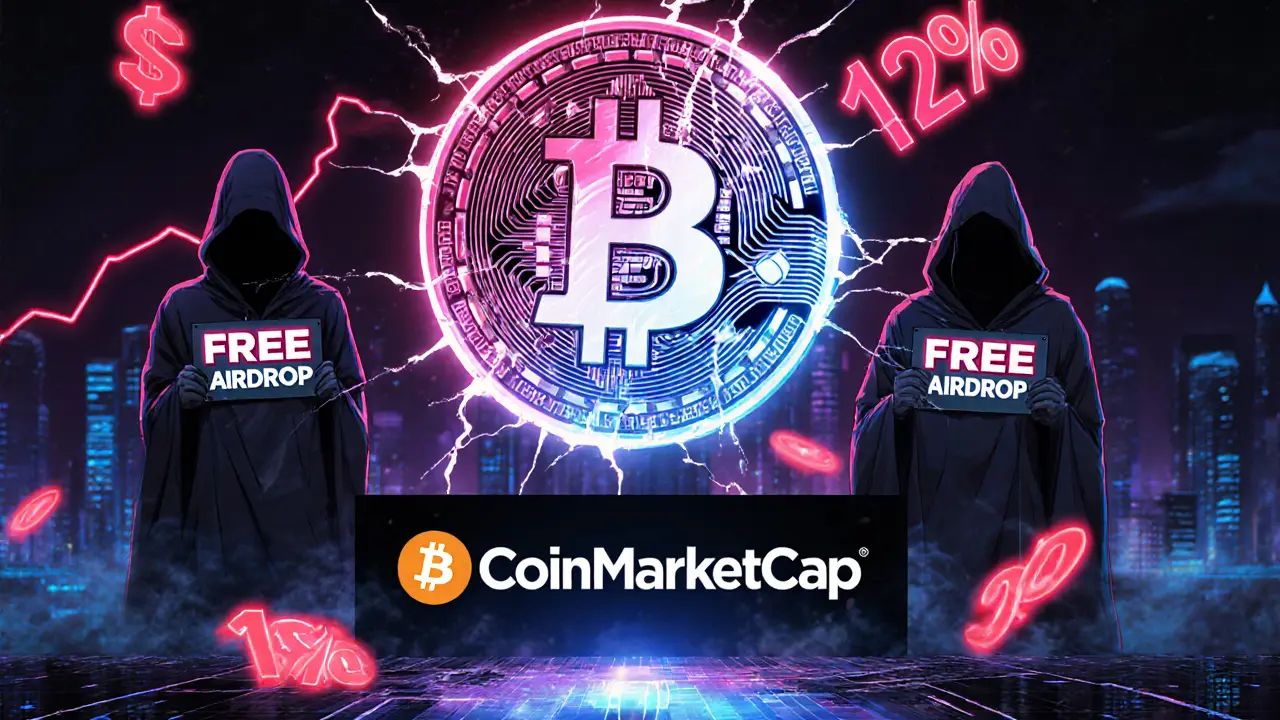


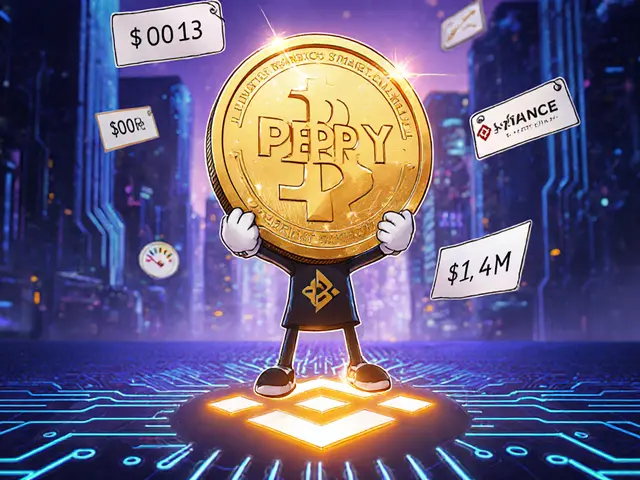
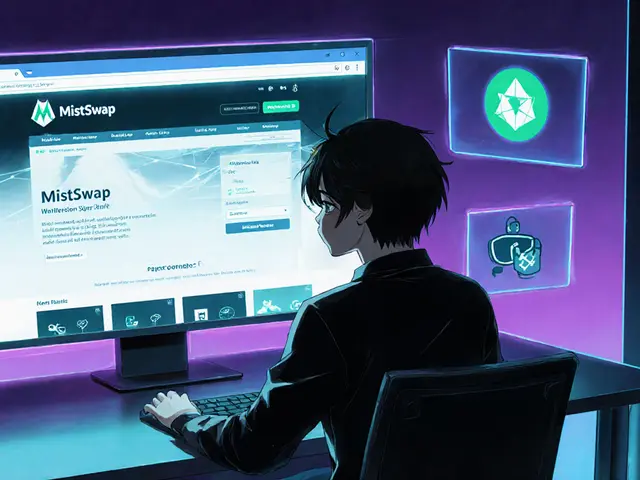
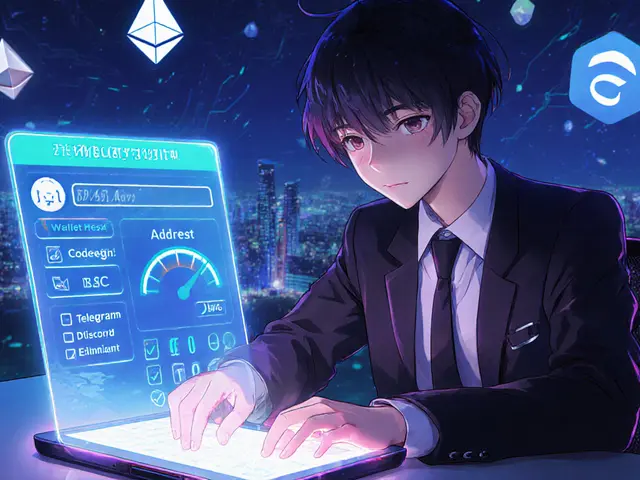
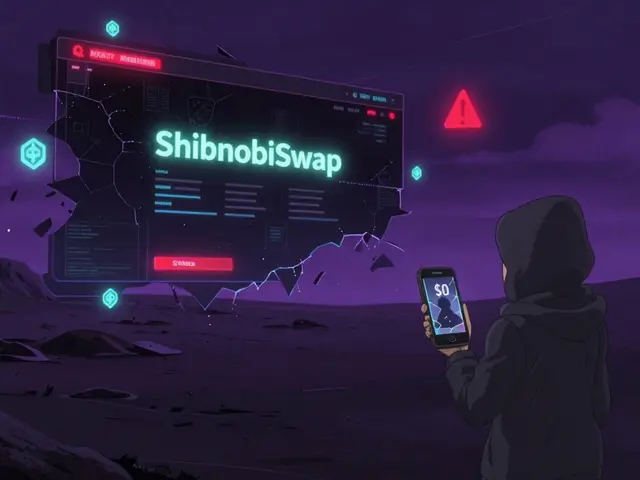

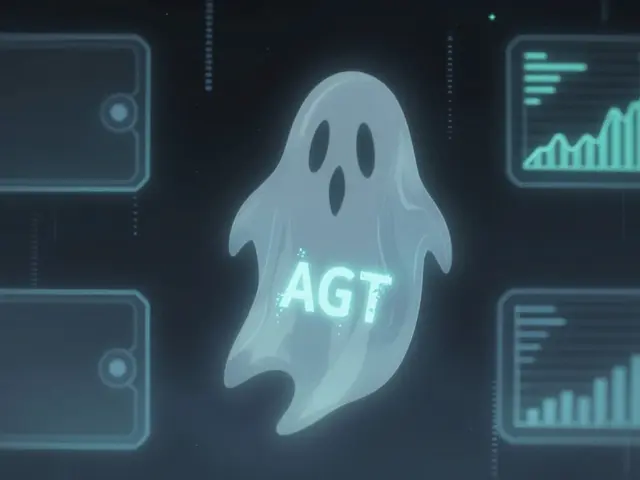

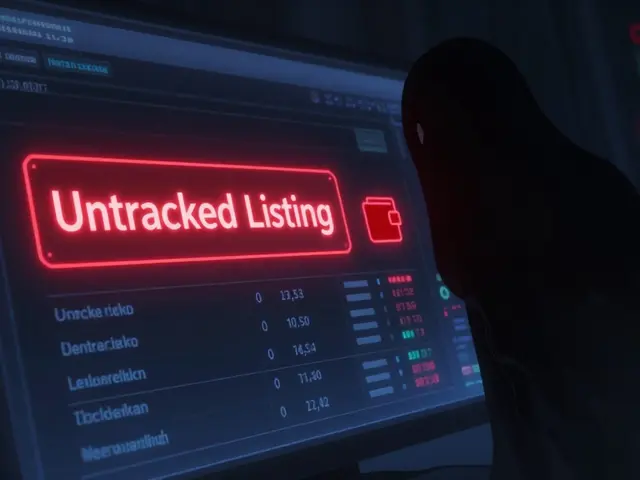
Teresa Duffy
November 17, 2025 AT 13:27 PMOkay but can we talk about how wild it is that people still fall for this? I saw a TikTok video yesterday where some guy was like 'just send 0.01 BNB and you'll get 10k BALA' - bro, that's not how any of this works. You're literally paying to lose money. 🤦♀️
Carol Wyss
November 18, 2025 AT 01:04 AMI just checked my wallet and I still have 200 billion BALA from last year’s 'airdrop'... and I haven't sent a single one because I know what happens when I try. 12% gone every time? No thanks. I’d rather keep it as a funny NFT of a dead token. 💸😴
Shanell Nelly
November 18, 2025 AT 05:42 AMReal talk - if you’re still chasing this, you’re not alone. I used to be in the same boat. But then I started following real airdrops on AirdropAlert and got $2k worth of ARB just for using Uniswap. Shambala? It’s not even a meme anymore. It’s a cautionary tale. Save your gas fees. Walk away. Your future self will thank you. 🙏
Rebecca Amy
November 18, 2025 AT 06:13 AMlmfao at people still thinking coinmarketcap gives out free crypto. like bro, it’s a website that shows numbers. do you also think google gives you free money if you search for ‘bitcoin’? 🤡
Kathleen Bauer
November 19, 2025 AT 13:47 PMso i just googled 'shambala airdrop' and the first 5 results are all scams… and one of them has a video with a guy wearing a suit in front of a green screen saying 'this is legit'… i just sat there laughing for 10 mins. this is the internet now. 😅
Carol Rice
November 20, 2025 AT 07:01 AMSTOP. JUST STOP. This isn't 'crypto' - it's a carnival rigged by people who know exactly how desperate and greedy you are. That 12% fee? It's not a feature - it's a trapdoor. Every time you move it, you're feeding the scammers. And CoinMarketCap? They're not even involved - they don't even have a 'Shambala' page. You're being played. Hard. And you're letting it happen. Wake up.
Laura Lauwereins
November 20, 2025 AT 11:39 AMSo... the 'airdrop' is just a voting system where you risk your MX tokens to maybe get a token that's worth less than a penny per trillion... and you lose 12% every time you try to move it? That's not a scam. That's a psychological experiment. And we're all the lab rats. 🐀
Gaurang Kulkarni
November 21, 2025 AT 21:02 PMShambala is a classic example of a token with zero utility and infinite hype. The 12% fee is not unusual in meme coins but here it's absurd because there's no liquidity pool to speak of. The market cap is less than $1k which means any buy order above $10 will spike the price 2000% and then crash. The entire thing is a liquidity trap disguised as an opportunity. The fact that people still believe in CoinMarketCap airdrops shows how little they understand how data aggregators work. They confuse visibility with legitimacy. CoinMarketCap is not a gateway to free money. It's a mirror. And right now it's reflecting pure ignorance.
Nidhi Gaur
November 23, 2025 AT 09:24 AMMy friend sent 0.05 ETH to claim BALA last week and now he’s crying in the Telegram group. I told him ‘you literally paid to get scammed’ and he said ‘but the video looked real!’ 😭 Bro, the video had a stock photo of a woman in a lab coat saying ‘Shambala X CoinMarketCap’ - like, what even is this? We’re living in a cartoon.
Usnish Guha
November 24, 2025 AT 21:49 PMIf you're still reading this and thinking about staking MX tokens for BALA then you're not just naive you're dangerous to the ecosystem. You're enabling fraud by participating. You think you're getting a free token but you're actually funding the next rug pull. The 12% fee isn't a bug it's the entire business model. It's a tax on stupidity. And CoinMarketCap doesn't care because they're not involved. The only people profiting are the ones who created the fake ads. You're not an investor you're a victim waiting to happen. Stop. Now.